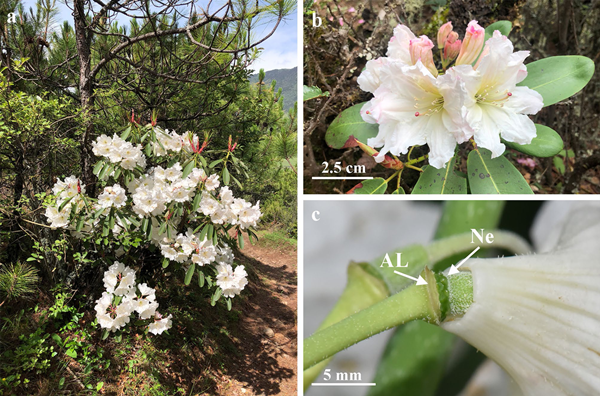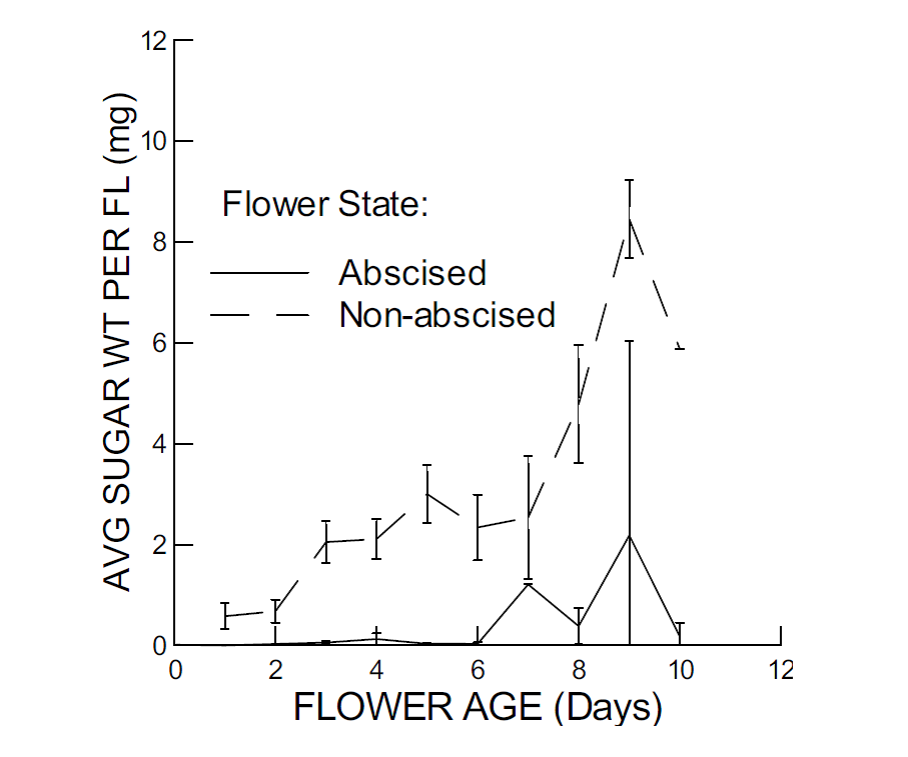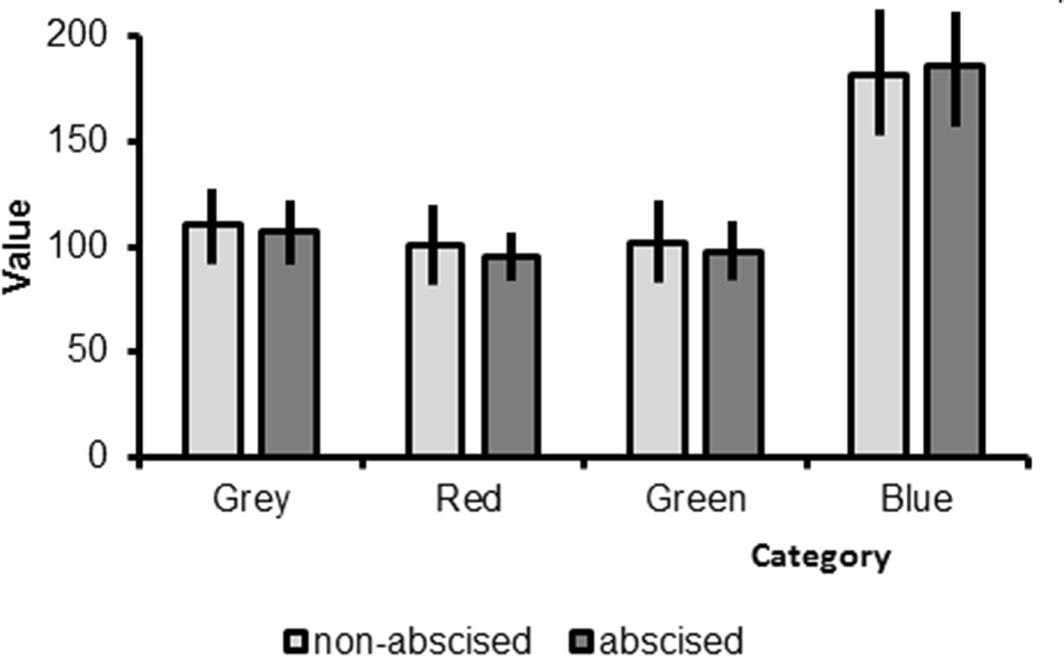Dropped flowers leave their mother plant, but they are not loveless, they will become fertilizer in the soil and return their love back to their mother.
Flowers are important for human beings for what people see, enjoy, and think about, and for our living. Pollination, a process of movement of pollen to stigma within or among flowers, contributes hugely to various human endeavours, especially the food human eat.
Angiosperm plants invest resources in developing and maintaining flowers, thereby generally achieving sexual reproduction. Such resources may include the structure of the flower itself, with its stamens, style and perianth.
Additional resources may include nectar, which acts as a food source for visiting nectar-feeding animals, some of which may be pollinators. They may also include floral pigments, which combine to produce the vast array of observed flower colour patterns.
Salvage of pigment and nectar by aging flowers is important, indicating trade-offs for plants producing these resources. However, there have been few studies of such resource salvage, especially quantitative assessments. No studies have considered possible simultaneous salvage of two or more floral resources.
Recently, CAS President's International Fellowship Initiative (PIFI) awarded visiting scientists, Graham Pyke of Macquarie University, Sydney, Australia and Klaus Lunau of Heinrich-Heine-University, Dusseldorf, Germany, who worked with Prof. Wang Hong's lab in Kunming Institute of Botany, Chinese Academy of Sciences (KIB/CAS) to investigate floral resource salvage at Lijiang Forest Ecosystem Research Station Yulong Snow Mountain, SW China.
The research team hypothesized plants, whose flowers abscise with age, re-absorb nectar and pigment before abscission. The hypothesis was tested with flowers of Rhododendron decorum, which has large, conspicuous white flowers that increasingly abscise corollas as flowers age (Fig. 1).

Fig. 1 Plant, flowers, nectaries and abscission line of Rhododendron decorum (Image by KIB)
As this species is pollinated by bees, the research team also hypothesized that nectar concentration would be relatively high (i.e., > 30% wt/vol) and petals would contain UV-absorbing pigment.
In Summer 2019, they chose, numbered and bagged one inflorescence on each of 25 plants of Rhododendron decorum for floral nectar and colour measurement. Floral nectar volume and concentration were sampled on successive days until abscission (up to ten days old, peak at five days) and for a sub-sample of four-day-old flowers.
Flowers just abscised were similarly sampled. Flower colours were measured using modified camera by a newly developed false colour photography technique, with recordings of spectral reflectance for abscised and open non-abscised flowers. Pigment content was summed values of red, green, blue channels of false color photos.
As expected, they found flowers reabsorbed almost all of their nectar sugar before they abscised. Nectar sugar weight accumulated in open non-abscised flowers at an average rate of 0.519 μg per flower per day, compared with 0.013 μg per flower per day for abscised flowers of the same ages. Thus, the flowers must have reabsorbed about 97% of their nectar sugar before abscission (Fig. 2).

Fig. 2 Average accumulated nectar sugar weight per flower (mg) vs Flower Age, separately for open, non-abscised flowers and abscised flowers. (Image by KIB)
Contrary to expectation, there was no apparent absorption of floral pigment prior to flower abscission. Spectral reflectance indicated the presence, as expected, of UV-absorbing pigment, for both open, non-abscised flowers and flowers that had abscised. However, spectral reflectance varied little from blue to red (i.e., across wavelengths between about 430 and 700 nm), with no significant difference between abscised and non-abscised flowers (Fig. 3).Therefore, in the study, the authors demonstrated that flowers of Rhododendron decorum reabsorb, as expected, almost all floral nectar remaining prior to flower abscission, but they do not reabsorb floral pigment. However, it remains unclear why or how they behave this way.

Fig. 3 Values of intensity for all channels, the red, green, and blue channel representing the green, blue, and ultraviolet range of wavelengths for non-abscised and abscised Rhododendron decorum flowers. (Image by KIB)
To comprehensively understand the nature and extent of floral resource reabsorption, it will be necessary to consider more plant species and to better determine the biochemical mechanisms involved, as well as the costs and benefits to individual plants.
Biochemical mechanisms, including breakdown and transport of sugar and pigments, may require energy and other ingredients, and need to be explored in the further study.
The study was published in the journal Nature Scientific Reports with the title " Salvage of floral resources through re?absorption before flower.
Contact:
YANG Mei
General Office
Kunming Institute of Botany, CAS
email: yangmei@mail.kib.ac.cn
(Editor: Yang Mei)




